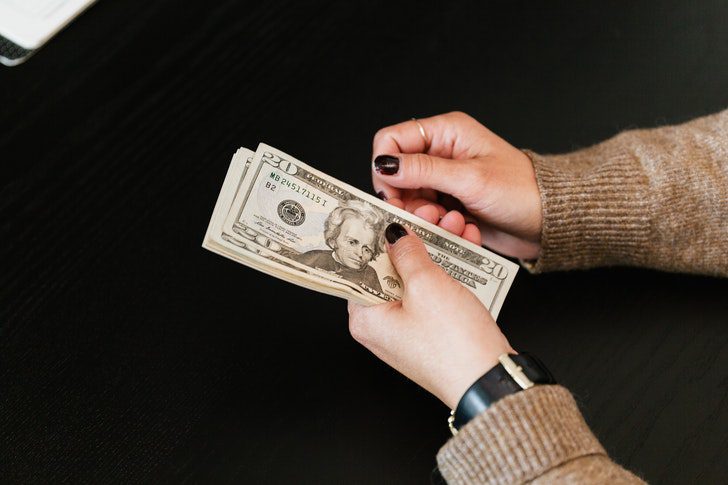An emergency fund is a cash reserve that’s specifically set aside for unplanned expenses or financial emergencies. Some common examples include car repairs, home repairs, medical bills, or a loss of income. In general, emergency savings can be used for large or small unplanned bills or payments that are not part of your routine monthly expenses and spending. Without savings, a financial shock could set you back, and if it turns into debt, it can potentially have a lasting impact.
Research suggests that individuals who struggle to recover from a financial shock have fewer savings to help protect against a future emergency. They may rely on credit cards or loans, which can lead to debt that’s generally harder to pay off. They may also pull from other savings, like retirement funds, to cover these costs. There are different strategies to get your savings started. These strategies cover a range of situations, including if you have a limited ability to save or if your pay tends to fluctuate. It may be that you could use all of these strategies. but if you have a limited ability to save, managing your cash flow or putting away a portion of your tax refund are the easiest ways to get started.
Set several smaller savings goals, rather than one large one

Set yourself up for success from the start. Rather than shooting for three months’ worth of expenses right away, shoot for one month. Or two weeks. Whatever it takes to make your first goal seem doable.
Reaching that first goal can give you the motivation to keep going. Set your second goal higher and the third even higher. By then, saving will have become a habit, and the positive motivation you’re building by reaching the smaller goals will help propel you toward larger ones.
Open a separate savings account
Once you have a savings goal in mind, the next step is to open a savings account, which should be kept separate from your daily spending account. Shop around and find a financial institution that can give you a savings account with a decent interest rate and no or low fees. Do your due diligence and research any fees and charges you may incur by opening an account with a particular financial institution.

Having a separate savings account builds a psychological wall between the money you can touch and the money you shouldn’t touch. If you lump in your emergency fund money together with the funds in your regular checking account, you’ll be more tempted to spend it because you’ll see it regularly, and it’s easily accessible.
Automate your transferring
Take things one step further by automating your savings to reduce any likelihood of human error (or weakness). Set up an automatic transfer from your checking account to your savings account at the beginning of each month or each time you get a paycheck. Whether you decide to contribute a set dollar amount or a percentage, taking this approach will.
Draw up a monthly commitment

Depending upon what your shortfall figure is, which refers to the amount by which your requirement exceeds the funds you have, draw a monthly commitment towards your fund.
An easy way to get the figure together is to split it into a monthly commitment. If you have given yourself a 6-month target, then you would need to put aside a specific sum each month. Until you meet your goal, you might have to be extra frugal, but the strain is going to be worth the effort in the long term.
